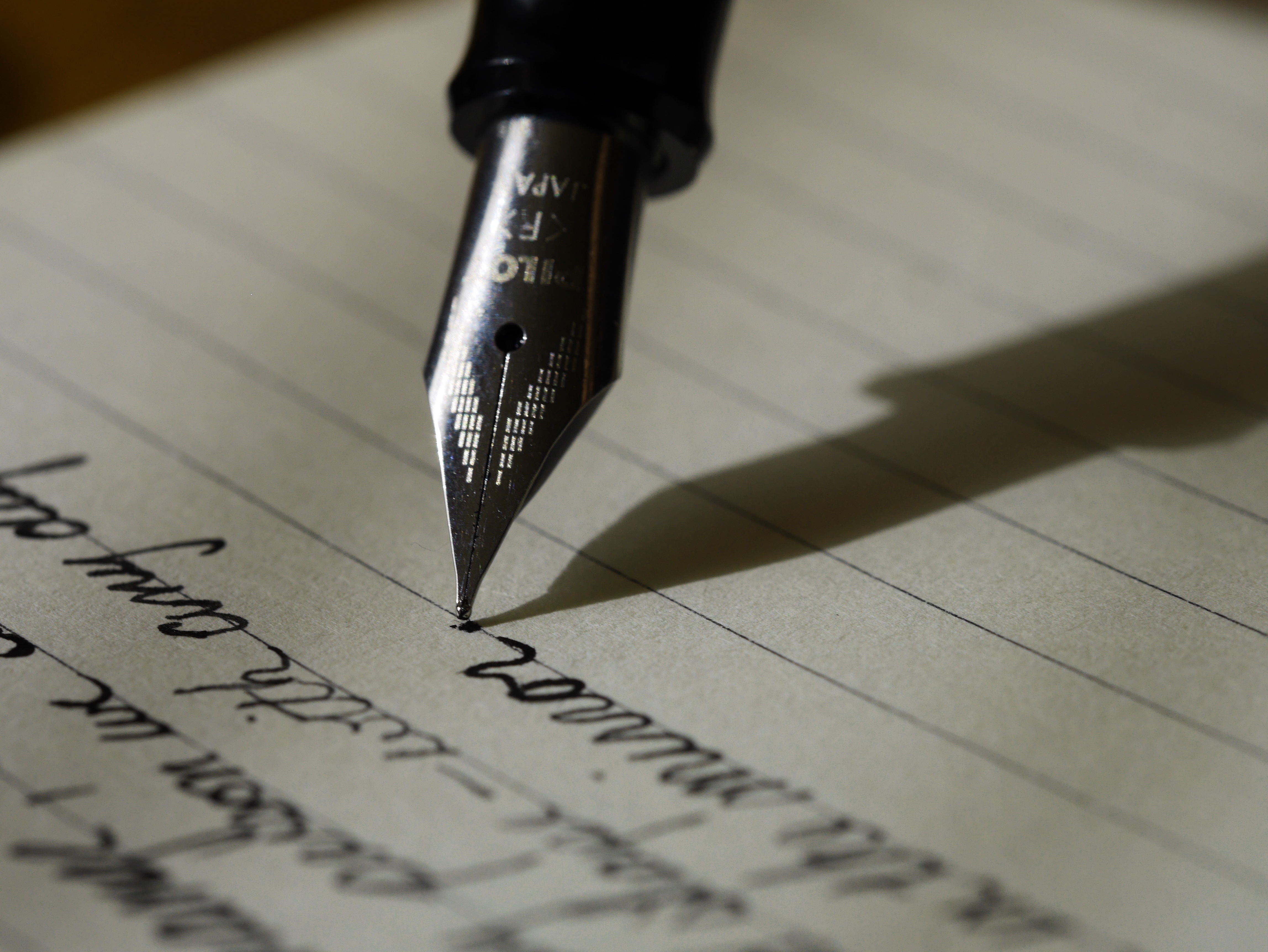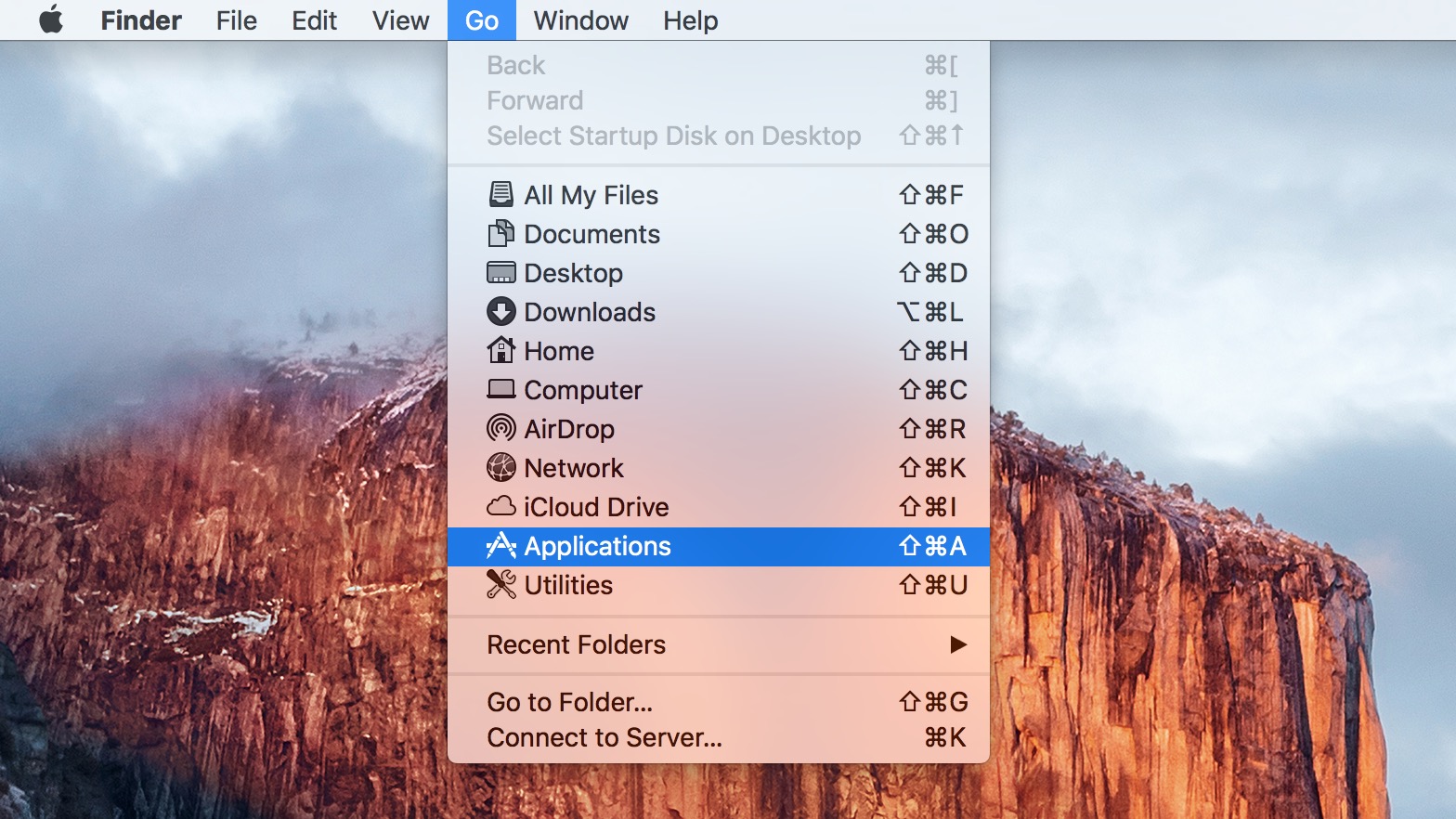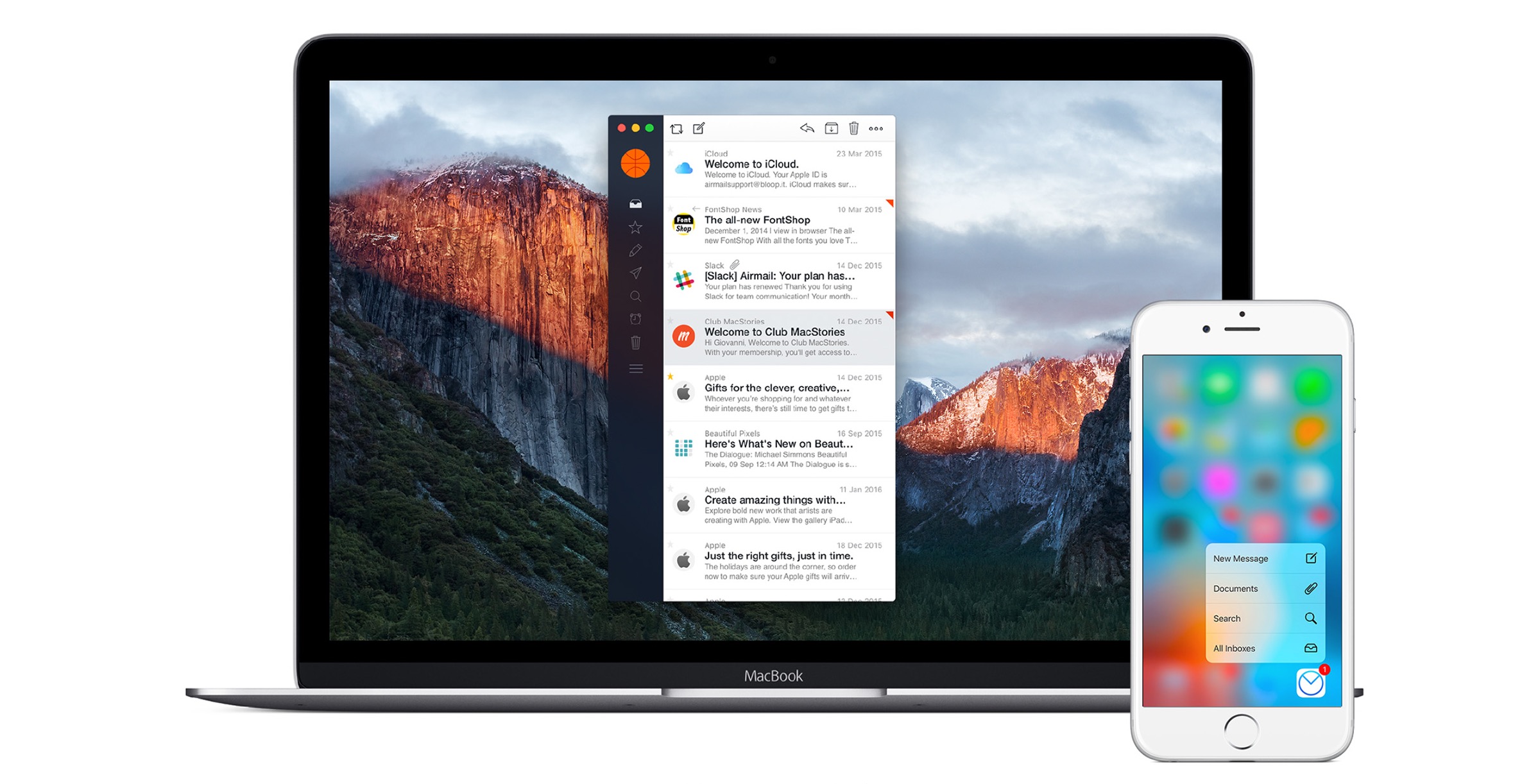It’s pretty easy to set a password for your Mac and have your computer require the password to log on, but here’s how to set a screen saver password that requires you to enter it every time you want to get back on your Mac.
What’s the purpose of a screen savor password? Well, essentially it’s great if you’re in a public place and have to walk away from your computer for a bit. Once your screen saver activates, your Mac locks itself down so that when you come back, you’ll have to enter in a password to use your computer again.
Essentially, it’s a security feature that prevents prying eyes from accessing your computer, even after you logged on.
However, it’s different than having a password that you enter to initially log onto your Mac, so when you first boot up your machine, you’ll be greeted with a login page where you’ll enter in a password in order to get to your desktop. However, by default, once you’re logged in and you step away for a bit, someone can come by and get on your Mac without needing any credentials.
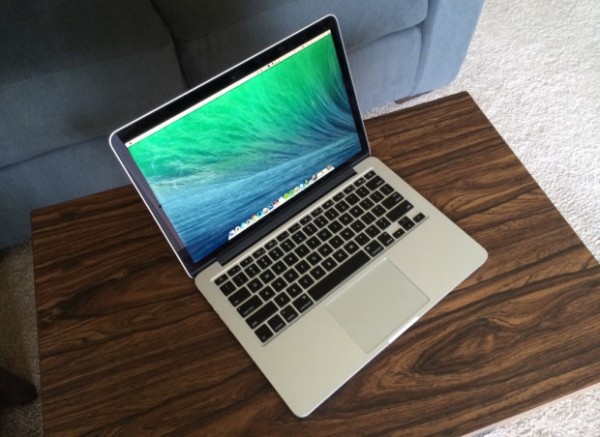
This is why it might be a good idea to enable a screen saver password, so that even after you log on, your computer will lock itself down after a specific amount of time of inactivity.
Here’s how to set a screen saver password on Mac.
Setting Up a Screen Saver Password
While you would normally set up a password for your Mac account in the Users & Groups section in System Preferences, setting up a screen saver password is in a different area.
Instead, you’ll need to open System Preferences and click on Security & Privacy. From there, select the General tab at the top if it isn’t already selected.
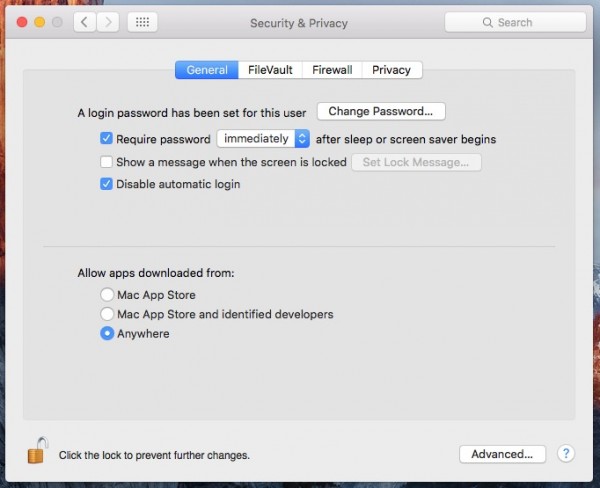
The next thing you’ll want to do is place a checkmark next to Require password, and then in the drop-down menu next to that, you can select an option for when you want to require a password after the screen saver is activated. It’s best to choose Immediately.
While you’re here, it also might be a good idea to place a checkmark next to Disable automatic login, which will prevent your Mac from automatically going to the desktop when you turn on your Mac, and will instead ask for a password first.
If you set a screen saver password, you might also want to change some screen saver settings, namely when your screen saver activates.
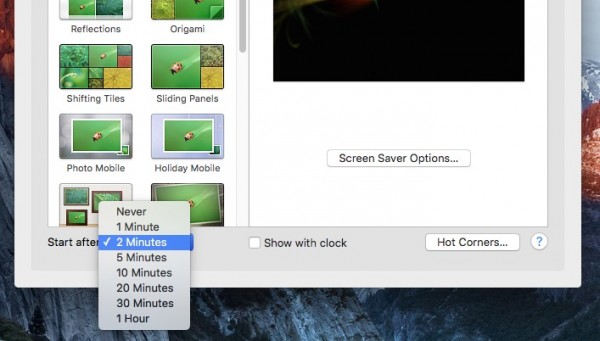
To do this, go back to the main System Preferences pane and select Desktop & Screen Saver. In the bottom-left corner there will be a drop-down menu next to Start after. This is the amount of idle time that will occur before your screen saver activates. The quickest option is 1 minute, which is recommended if you set a screen saver password, as this will activate the password sooner after you walk away from your Mac.
From there, whenever someone tries to get on your computer while you’re away, a password prompt will appear before they can access the desktop. They would need your Mac’s admin password before continuing.
If you frequently work on your MacBook in a public place, like a coffee shop or the library, it’s always a good idea to have a screen saver password enabled. Of course, you could just put your MacBook to sleep while you’re away, but if you’re downloading something and need to keep it awake, having some password protection is ideal.
